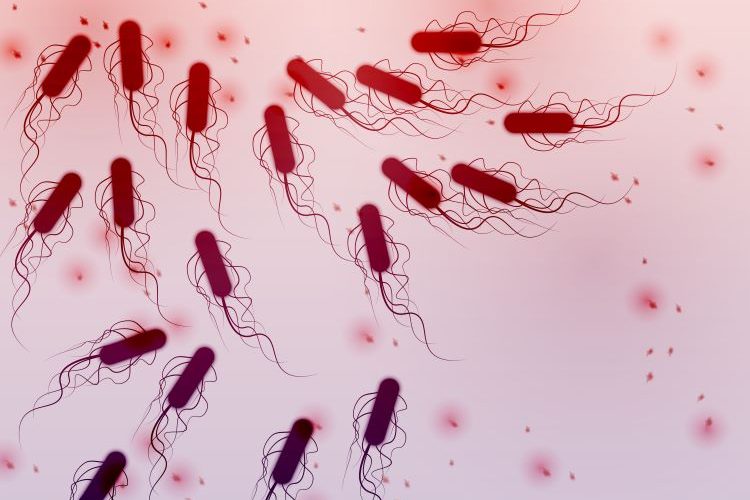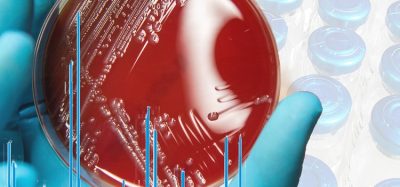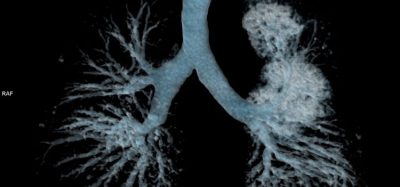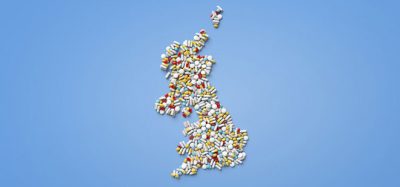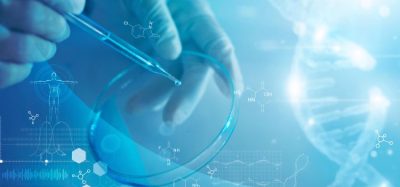Biosensing technique promising for whole-genome detection
The bacterial detection method is robust and highly sensitive over a wide concentration range and does not require DNA amplification, research suggests.
A study has described a multivalent-colloid detection system capable of identifying whole genomes of bacteria without the use of DNA amplification.
Data from the paper published in Applied Physical Sciences, showed that the method can detect pathogens at an early stage when the bacterial load is low.
Currently, the “gold standard” of pathogen identification is based on the recognition of DNA sequences that are unique for a given pathogen, according to the authors.
Therefore, there is a “great need” for easy tests to identify infection-causing bacteria. In low-tech environments, bacterial DNA identification using the polymerase chain reaction (PCR) may be problematic, Xu et al. explained.
The researchers aimed to test a strategy to develop fast, highly sensitive and simple biosensors. Ultimately, the experiments validated an approach proposed in simulations that were referenced in the paper, the authors summarised.
Pathogenic detection
Study approach and results
In the experiments, the pathogens were distinguished based on the frequency of selected short DNA sequences in their genome. This was achieved using DNA-functionalised polystyrene colloids. The authors emphasised that the method uses entire genomes and does not require nucleic acid amplification.
Immobilising the surface DNA probes onto PS colloids caused particle aggregation with strong fluorescence when genomic DNA of the target bacteria was introduced.
Solutions with as few as 5 copies/mL of E.coli bl21-de3 genome were observed, which resulted in “a strong and selective cluster-growth of the colloids”. The authors surmised that the approach is “generic and could greatly facilitate early pathogen detection”.
The DNA-mediated biosensor has advantages over existing biosensors, the paper suggested. Firstly, once the analyte was injected to react with DNA-functionalised PS particles, less than one minute was needed to obtain the results. This is “significantly faster” than existing strategies with comparable sensitivity.
The sensitivity compares well with state-of-the-art sensing techniques and has excellent specificity against nontarget bacteria. As such, the detection strategy is “robust and highly sensitive over a wide concentration range”. It allows ‘mix and read’ detection of the target analyte, the authors noted.
The system was able to detect non-PCR-amplified genomes over a genome concentration range spanning 10 orders of magnitude. Therefore, the authors estimated a lower limit of detection in the absence of other bacterial genomes at ∼5 genome copies/mL.
Future considerations
The proposed [bacterial] detection strategy therefore opens the way to developing a robust platform for pathogen detection”
However, while this approach is not workable for short genomes, this means it can effectively distinguish viral infections from bacterial infections, the paper noted.
Overall, the limit of detection of the full-genome approach “compares favourably with some of the detection methods currently in use. Due to exhibiting an “excellent recovery rate” when applied to real samples, this proposed detection strategy therefore “opens the way to developing a robust platform for pathogen detection”, Xu et al. concluded.
Related diseases & conditions
E. coli



